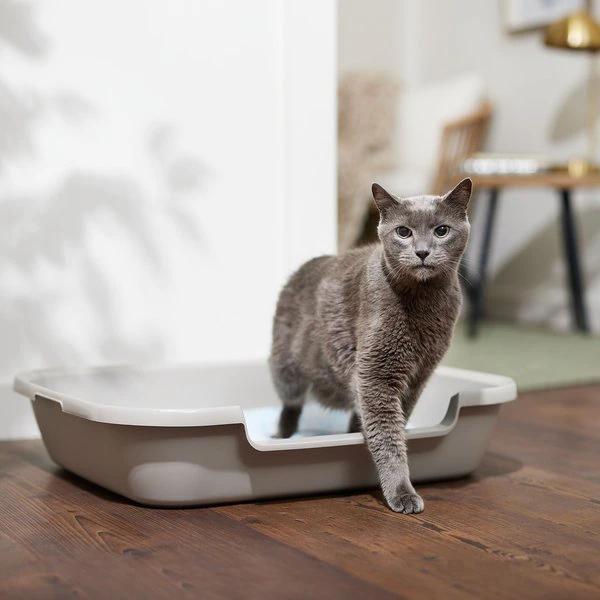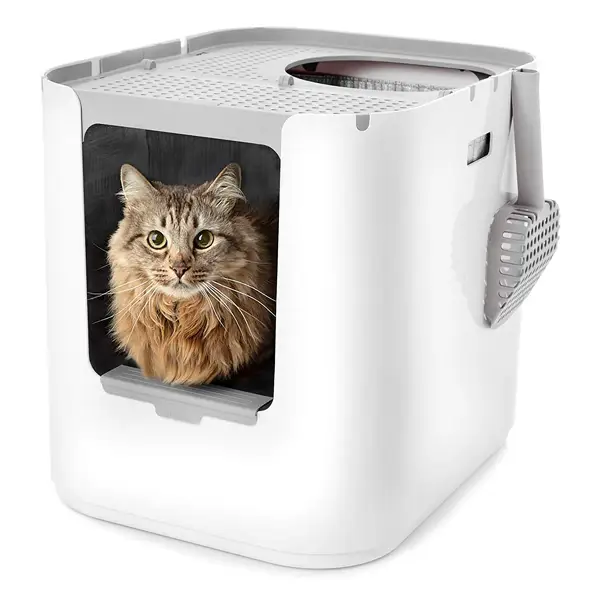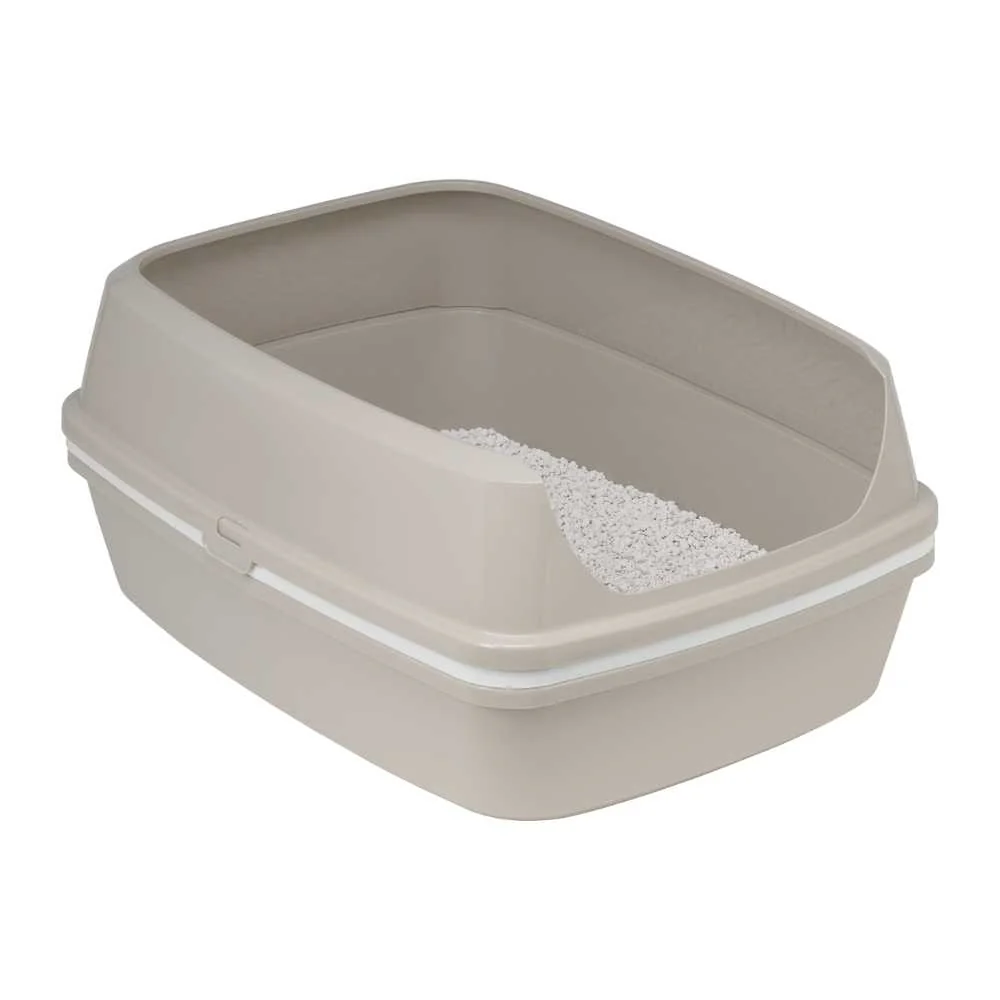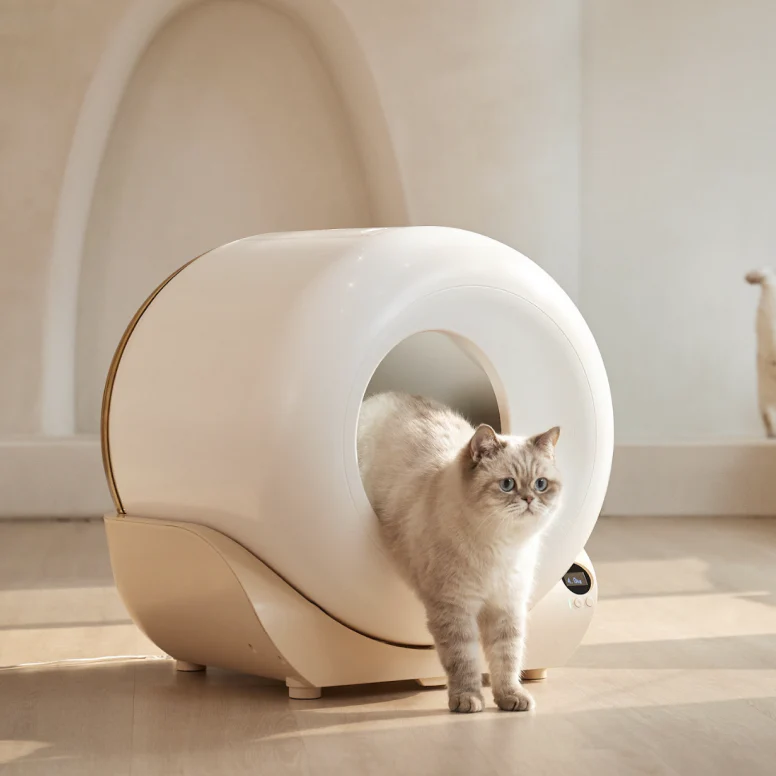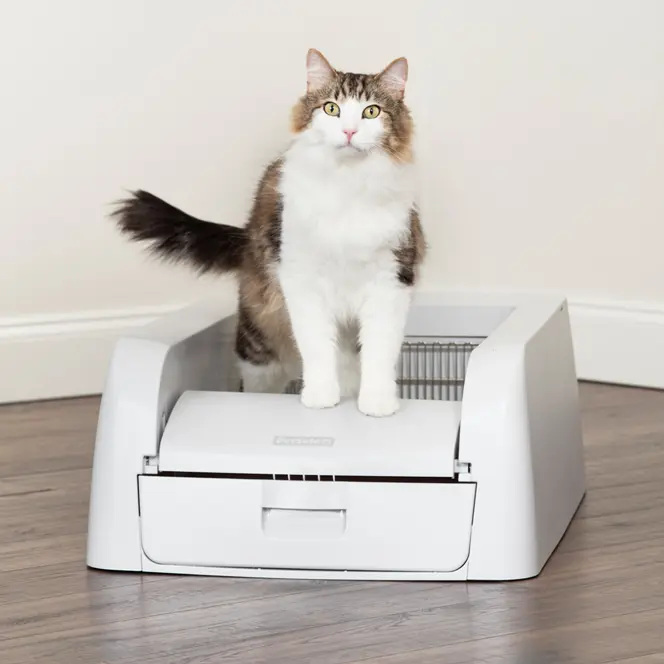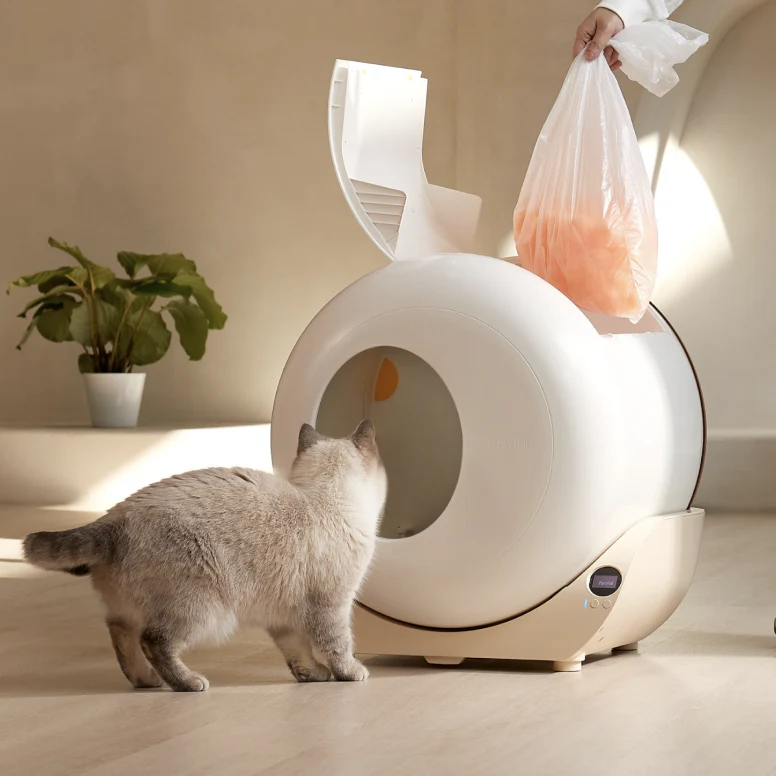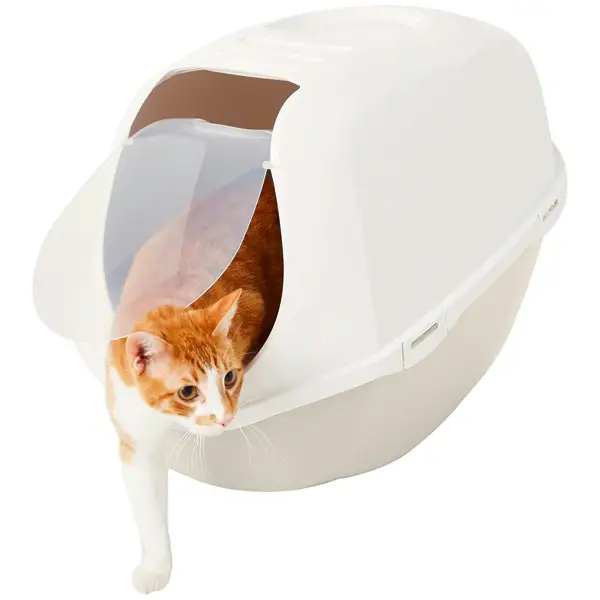 I. Understanding Cat Litter Box Behavior
I. Understanding Cat Litter Box Behavior
A. The importance of regular cat litter box
Cats are naturally clean animals and maintaining a regular litter box habit is crucial for their physical and mental well-being. A clean litter box provides a comfortable and safe place for cats to relieve themselves, promoting good hygiene and reducing the risk of accidents elsewhere in the home.
B. Signs of abnormal litter box habits in cats Abnormal litter box habits in cats can signal underlying health or behavioral issues. Signs may include frequent urination or defecation, avoiding the litter box altogether, or exhibiting discomfort while using the box. Understanding these signs is essential for identifying and addressing potential problems.
C. Common reasons why cats may avoid the cat litter box There are various reasons why cats may avoid using the litter box, including anxiety, stress, territorial disputes, medical conditions, or dissatisfaction with the cleanliness or type of litter. Identifying the cause of litter box aversion is important for implementing effective solutions.
II. Ideal Frequency of Litter Box Usage for Cats
A. Factors that influence how often a cat should use the litter box The frequency of litter box usage for cats can be influenced by several factors, including age, health, diet, hydration, environmental stressors, and the number of litter boxes available. Understanding these factors is crucial in creating a conducive environment for regular litter box habits.
B. Average frequency of litter box usage for healthy cats On average, healthy adult cats may use the litter box 2-4 times a day for urination and 1-2 times a day for defecation. However, individual variations in habits and environmental factors can influence these numbers. Regular monitoring can help establish a normal baseline for each cat.
C. Monitoring and tracking your cat’s litter box habits Keeping track of your cat’s litter box habits is vital for identifying any changes or irregularities. Observing the frequency, volume, and consistency of urination and defecation, as well as the overall comfort of your cat while using the box, can facilitate early detection of potential health or behavioral concerns.
III. Monitoring Litter Box Usage for Multiple Cats
When you’re managing a multi-cat household, the litter box can become a point of potential tension and conflict. Proper monitoring and handling can ensure all your feline friends are comfortable and stress-free, and help you avoid behavioral and health issues down the line.
Cats are inherently territorial animals. When multiple cats share the same space, territorial disputes can arise, and as a result, the litter box can become a contentious zone. Here are some strategies to mitigate these issues:
- Multiple Litter Boxes: The golden rule of thumb is to provide one litter box per cat plus one extra. This helps reduce competition and territorial stress among your cats. For instance, if you have three cats, aim for four litter boxes.
- Strategic Placement: Place litter boxes in separate, easily accessible locations. This way, a dominant cat cannot guard all the boxes, and each cat has a safe space to do their business.
- Private Spaces: Cats prefer privacy when using the litter box. Ensure each litter box is situated in a quiet, low-traffic area to make it more appealing and less stressful for all your pets.
- Types of Litter Boxes: Individual preferences matter. Some cats may prefer covered boxes for privacy, while others might feel trapped and prefer open ones. Observing their behavior can guide you in making the right choice.
B. How to Tell if There Are Enough Litter Boxes for Multiple Cats
Ensuring there are enough litter boxes requires careful observation and some understanding of feline behavior:
- Monitor Usage: Keep track of how frequently each litter box is being used. If you notice one box being overly soiled compared to others, it may be a sign you need more boxes.
- Behavioral Clues: Cats giving up on using the litter box and opting for other spots in your home can indicate there are not enough litter boxes or that existing ones are not adequately clean.
- Cleanliness and Odor: Regularly clean each litter box to keep them appealing. Cats have a keen sense of smell and often avoid boxes that smell too strongly of waste.
- Spacing Issues: If your cats seem to be waiting in line to use a box, it’s a clear indicator that you need more litter boxes or that you need to spread them out more.
C. Tips for Ensuring Each Cat Gets Proper Access to the Litter Box
Making sure each cat has proper access to a litter box involves more than just having enough boxes; here are some helpful strategies:
- Avoiding Box Guarding: In multi-cat households, dominant cats might guard the litter boxes and prevent others from using them. Ensuring boxes are placed in multiple locations around the house can counteract this behavior.
- Consistent Cleaning: Clean the litter boxes daily to ensure they remain appealing for all your cats. A frequently cleaned box is more inviting and reduces the chance of accidents.
- Monitor Individual Use: Pay attention to which cats are using which boxes. This helps you quickly identify any avoidance patterns that could indicate stress or health issues.
- Training New Cats: When introducing a new cat, make sure they know where all the litter boxes are. Confine them to a smaller space with their own box initially, then slowly expand their roaming area.
IV. Health Considerations and Litter Box Usage
Understanding the health implications related to litter box habits is crucial for any cat owner. Changes in these patterns often serve as early indicators of medical issues.
A. Common Health Issues That Can Affect a Cat’s Litter Box Habits
Several health issues can impact your cat‘s litter box behavior:
- Urinary Tract Infections (UTIs): UTIs can cause painful urination, leading cats to avoid the litter box. They may associate the box with their pain and seek other places to relieve themselves.
- Bladder Stones or Crystals: These conditions can cause discomfort and make urination difficult, prompting cats to avoid the litter box.
- Kidney Disease: Increased urination frequency can lead to accidents if there are not enough litter boxes or if the boxes are not cleaned frequently.
- Diabetes: Cats with diabetes often have increased thirst and urination, requiring more frequent box cleanings and additional boxes to accommodate the higher usage.
- Arthritis: Older cats with arthritis might struggle to climb in and out of high-sided litter boxes, leading to avoidance.
B. How Changes in Litter Box Behavior Can Be Indicative of Underlying Health Problems
Monitoring changes in litter box habits can provide essential clues about your cat’s health:
- Frequency and Volume: Increased or decreased urination can indicate health issues like diabetes or kidney problems.
- Behavior While Using the Box: Crying or straining while in the litter box often points to pain or discomfort, suggesting possible UTIs or bladder issues.
- Avoidance: If your cat suddenly starts avoiding the litter box, look for signs of stress, anxiety, or pain. It can also indicate a problem with the box itself, such as cleanliness or location.
- Unusual Stool or Urine: Diarrhea, constipation, or blood in the urine or feces are clear indicators that a veterinary check-up is necessary.
C. The Role of Regular Veterinarian Check-Ups in Maintaining Healthy Litter Box Habits
Regular vet visits are critical for catching potential health problems early:
- Routine Screenings: Annual or bi-annual check-ups help detect issues like kidney disease, diabetes, or urinary problems before they become severe.
- Vaccinations and Preventative Care: Keeping up with vaccines and preventative treatments can ward off many illnesses that could affect litter box behavior.
- Discussing Behavior Changes: Always discuss any new or unusual habits with your vet. They can offer advice and run tests to rule out or confirm health concerns.
- Special Needs for Seniors: Older cats might need more frequent vet visits to monitor age-related conditions like arthritis or kidney disease that can impact litter box usage.
V. Encouraging Healthy Litter Box Behavior
Tips for maintaining a clean and inviting litter box environment
- Choose the right litter: There are various types of cat litter available in the market, including clumping, non-clumping, scented, and unscented. It’s essential to choose a litter that your cat prefers and that is easy to clean and maintain.
- Regular scooping: Scooping the litter box at least once a day can help prevent unpleasant odors and encourage your cat to use the litter box regularly. It’s essential to remove waste promptly to maintain a clean and inviting environment for your cat.
- Proper cleaning: In addition to regular scooping, it’s essential to clean the litter box with mild soap and water at least once a week. This will help prevent the buildup of odors and bacteria, ensuring a healthy environment for your cat.
- Provide multiple litter boxes: If you have multiple cats, it’s essential to provide multiple litter boxes to avoid overcrowding and ensure that each cat has access to a clean and inviting litter box. The general rule of thumb is to have one litter box per cat, plus one extra.
In conclusion, encouraging healthy litter box behavior involves maintaining a clean and inviting litter box environment, promoting regular use of the litter box, and providing environmental enrichment to encourage appropriate litter box usage.
